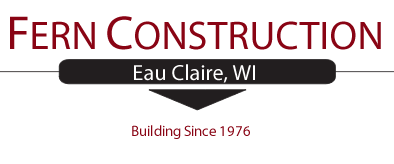Design-Bid-Build vs. Design-Build
There are a few fundamental differences between Design-Bid-Build and Design-Build. Below is a brief explanation of both so you can further educate yourself on the basic differences.
Design-Bid-Build
The bid build method is very commonly found in industries such as heavy residential, commercial, and industrial. This method calls for a set of plans drawn out by an architect or some other type of design professional that comes with a set of specifications for the building. This set of specifications is where every single detail of the building is listed, from what kind of color flooring you want in your building to what color and brand of hardware you want to use on your doors. This means that the owner needs to make up his/her mind on almost every single detail of the building before any ground is broken on a project. Then the owner receives contractual bids from multiple contractors for how much they think they can build the project with. Once the project is complete the owner must pay the contractor the bid amount, weather the job is cheaper or more expensive than the bid price. This method is very effective for large areas where detail and quality isn’t the prime area of interest and cost is the biggest concern. Once you sign a contract for a bid-build project, the owner has very minimal input in the remaining part of the project lifespan. Changes can be made later in the project cycle, however they will be much more costly for the owner.
Design-Build
The design build is found more in the private sectors of work, such as residential homes and light commercial where detail and quality is the driving factor. With Design-build it is common not to build with an architect, which lowers cost for the client. With this method the owner has control over his/her project throughout the whole project lifespan and changes to a plan are not as significant as they are in the bid-build project. While the owner may have more control over their project in a design-build method, they will need to devote more time to the building process and become very involved with the project. Decisions will be made later in the building process and only when they are needed. The biggest advantage with the design-build process is the flexibility to change a certain aspect within a project, which helps when you are entering a project with little certainty of what exactly your expectations are. In this form of building the owner and the contractor work together to reach a desired end result and jobs are usually paid by a cost-plus method, where the owner pays for the cost of the project, with the addition of profit and overhead to the contractor.

 ©2010
©2010